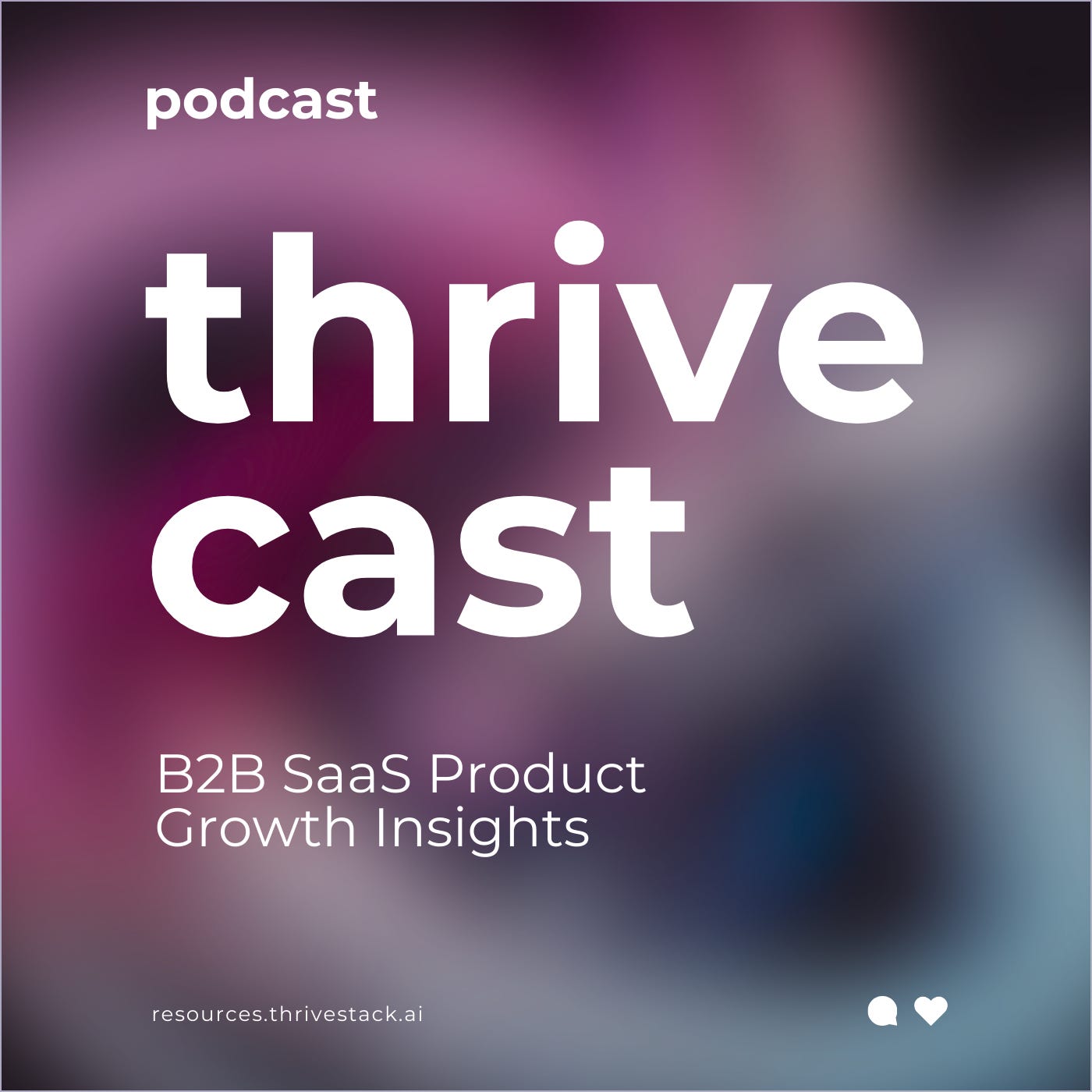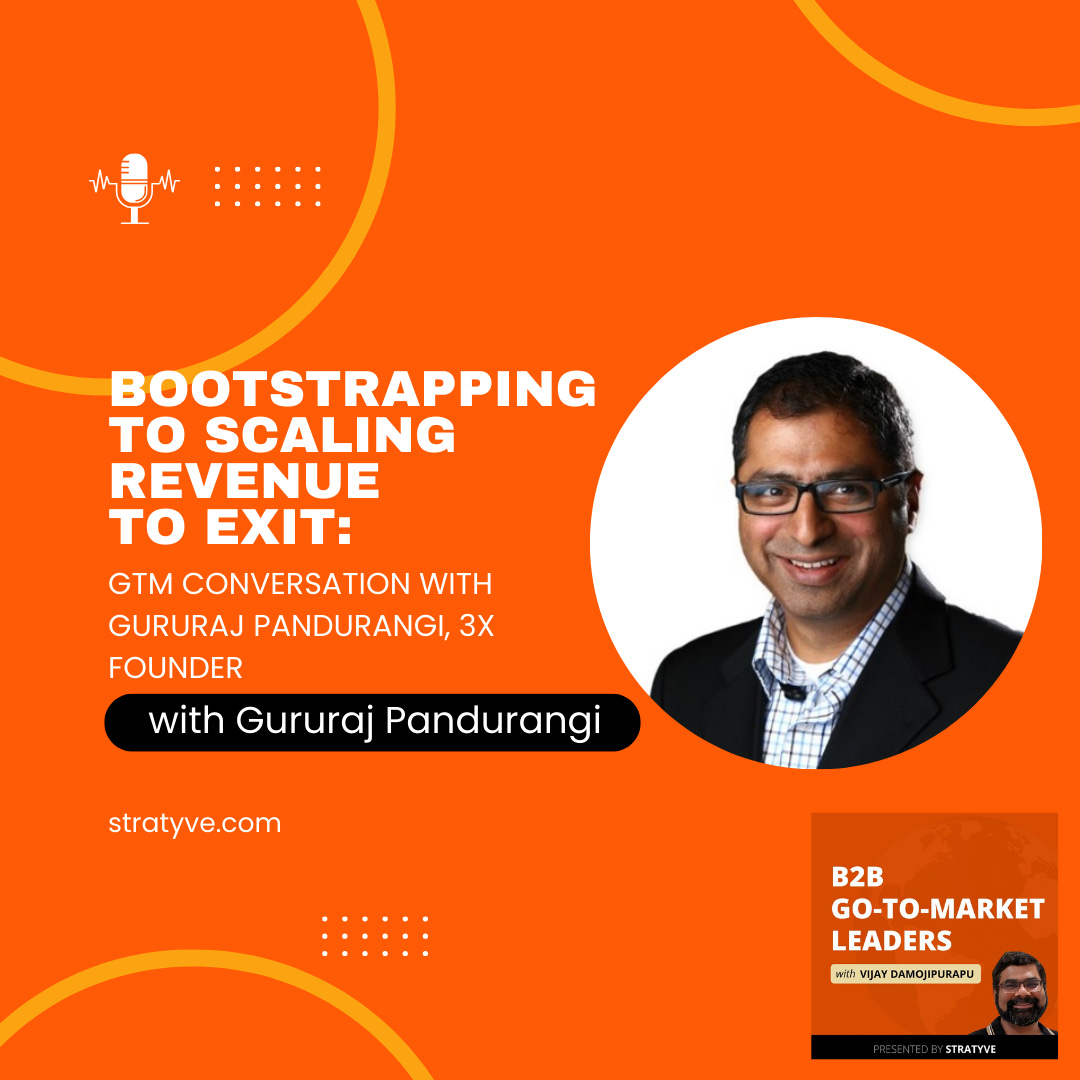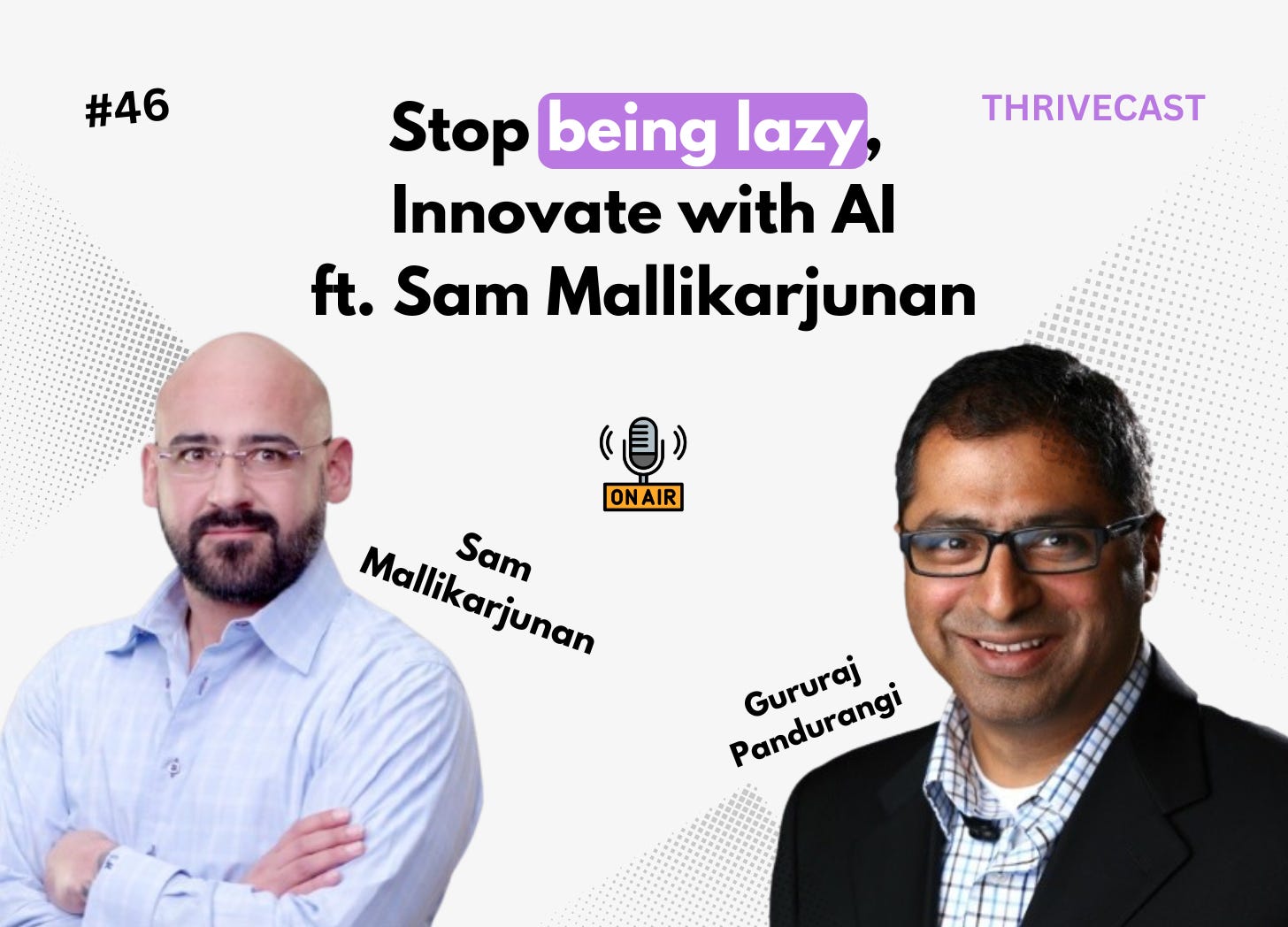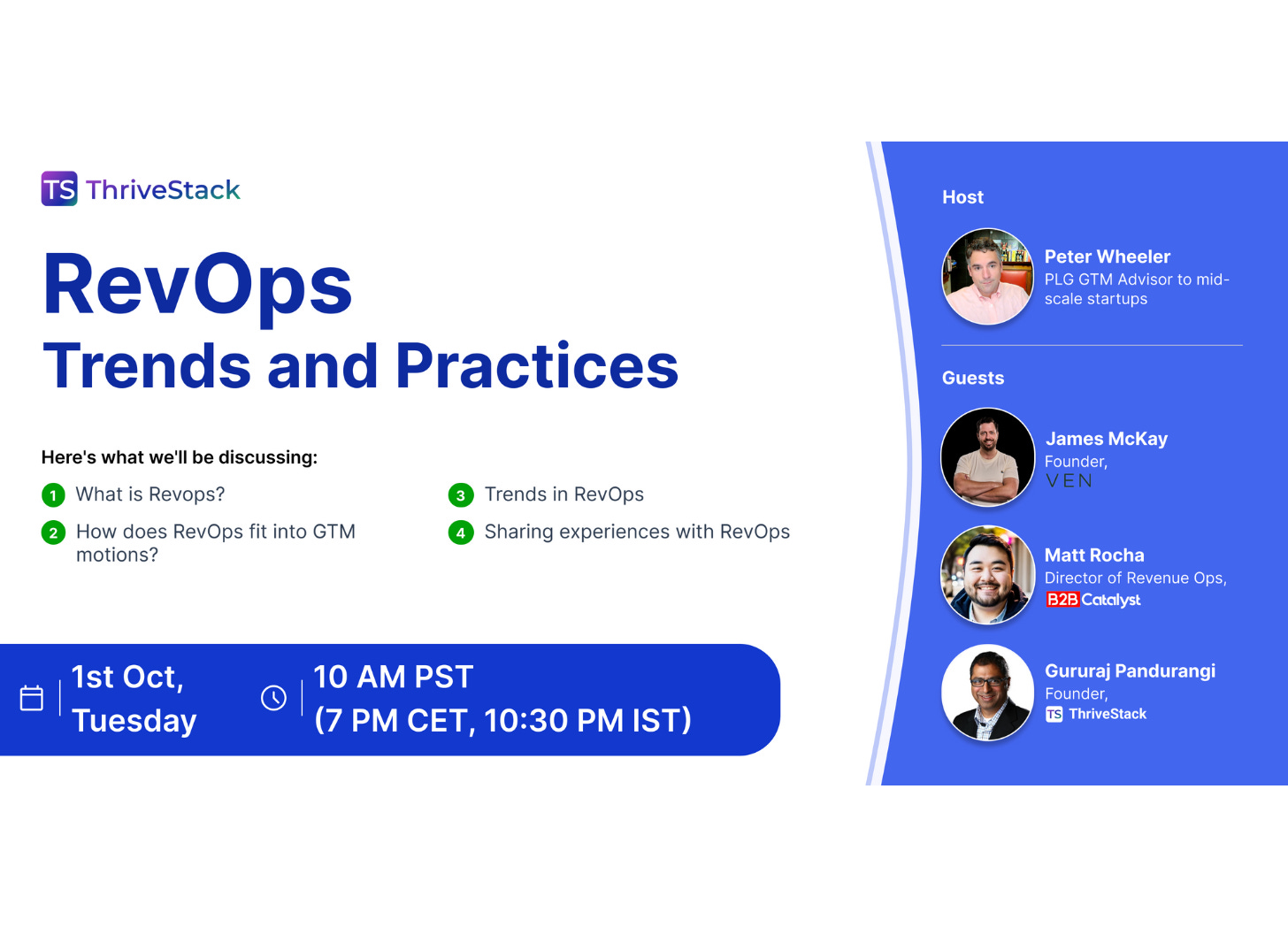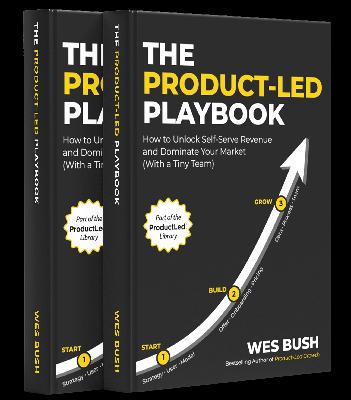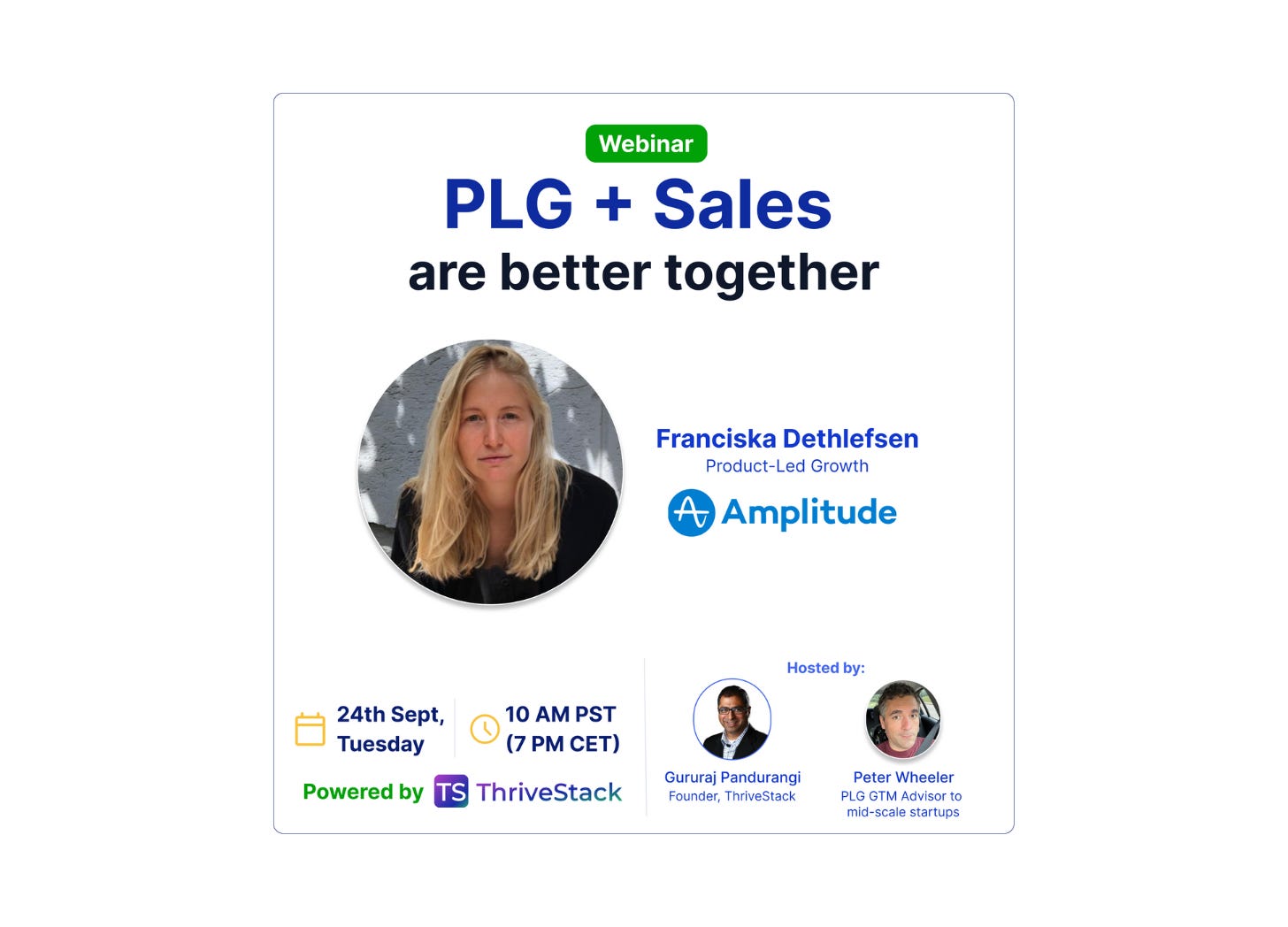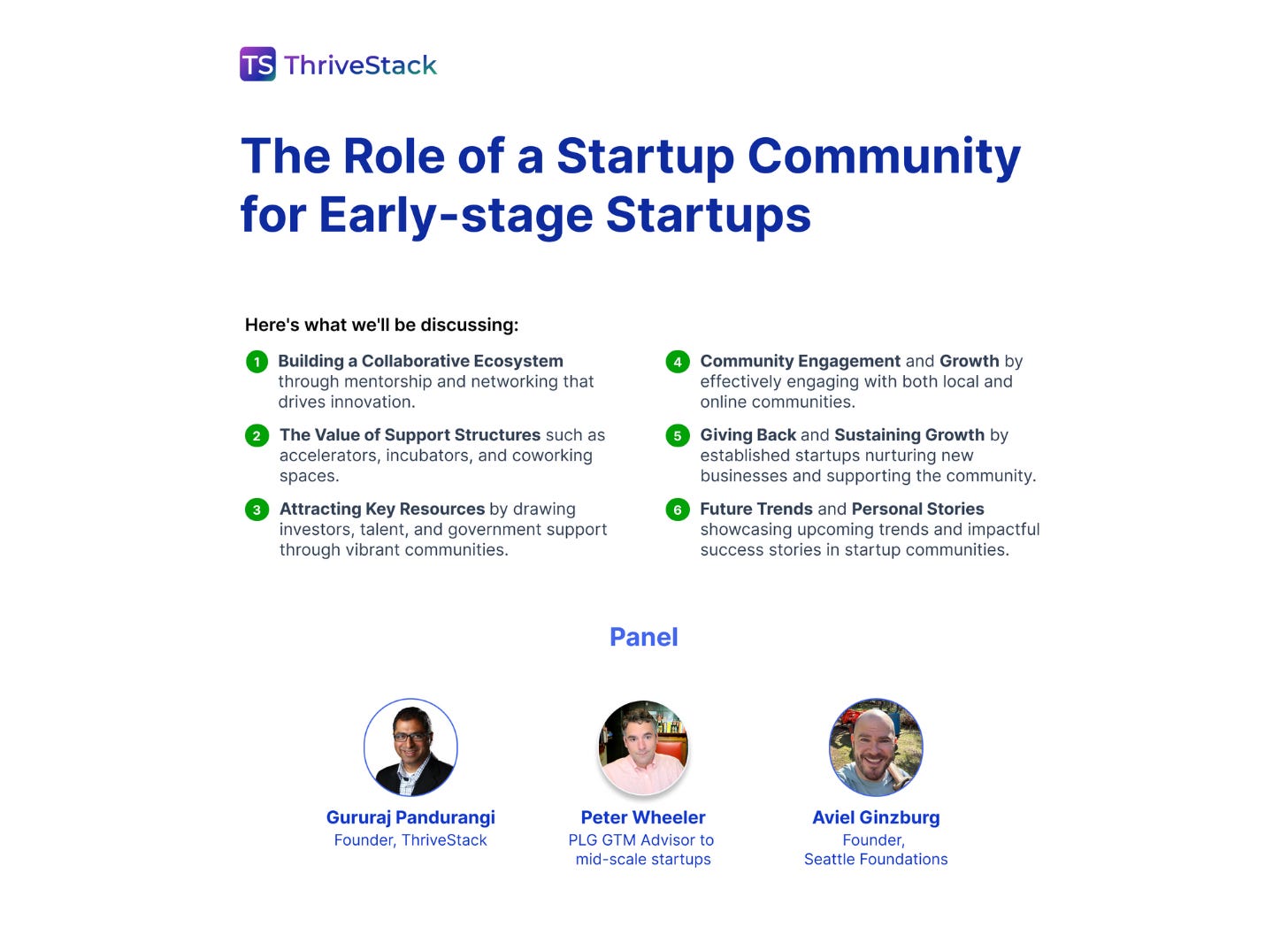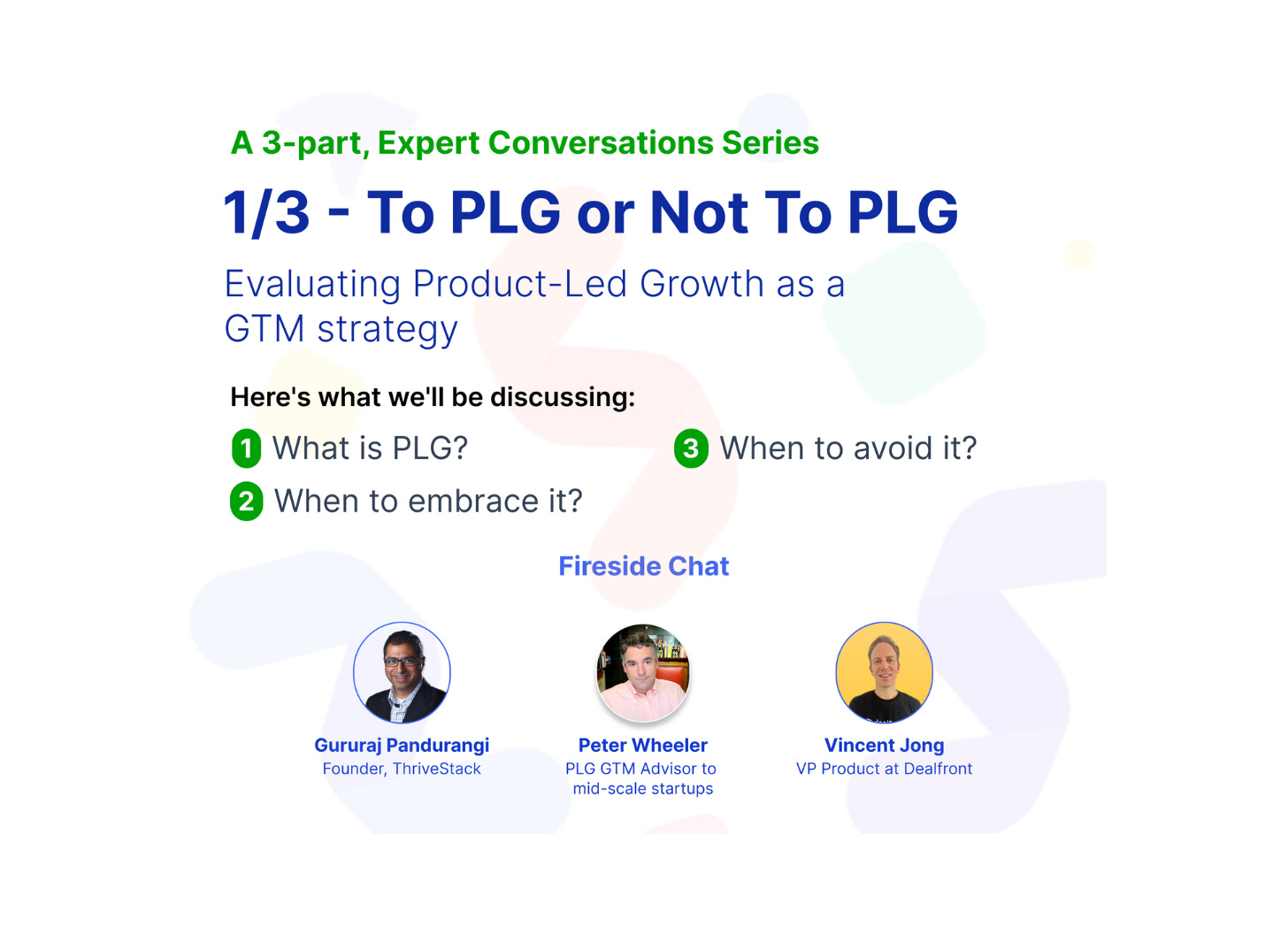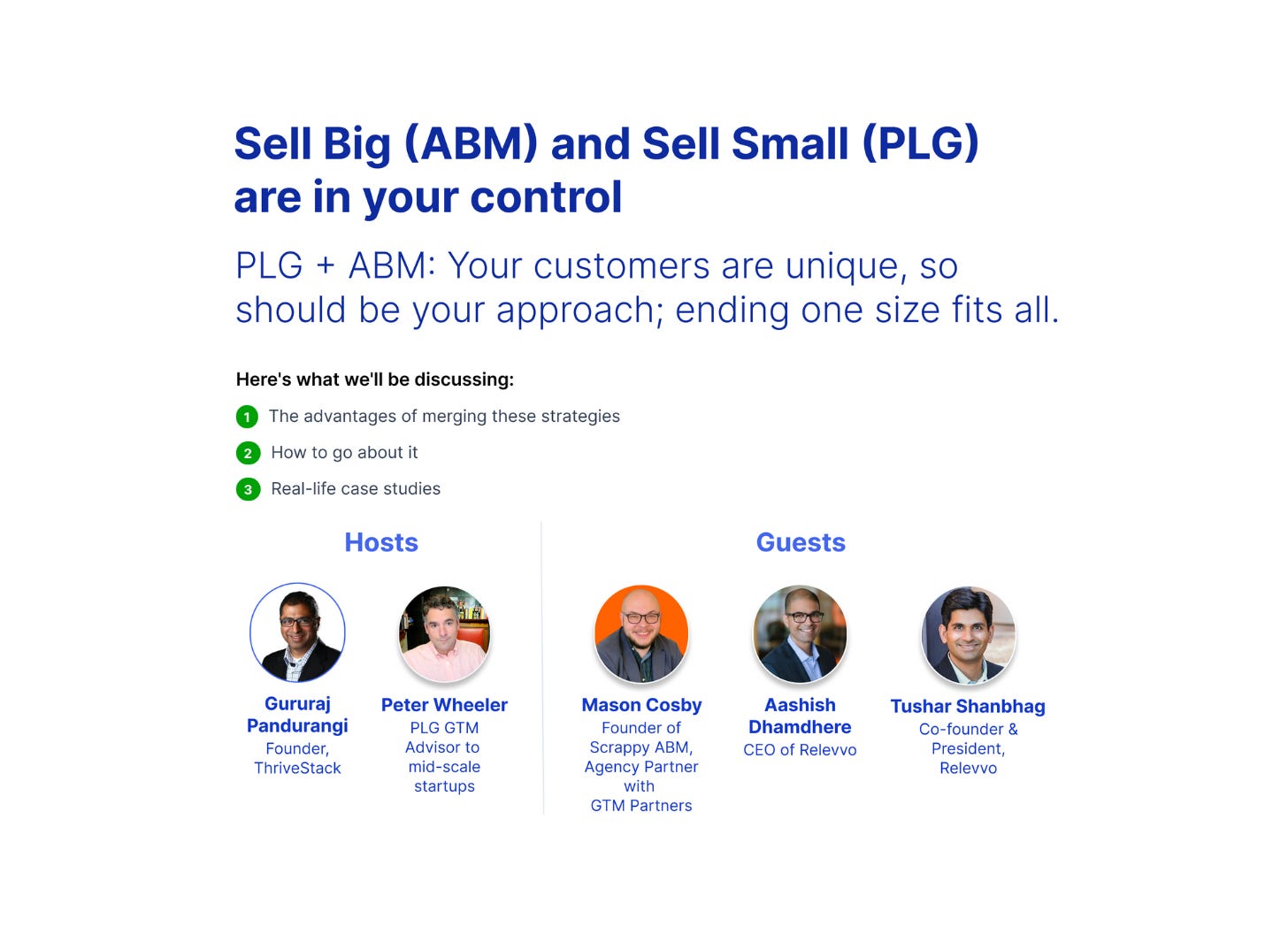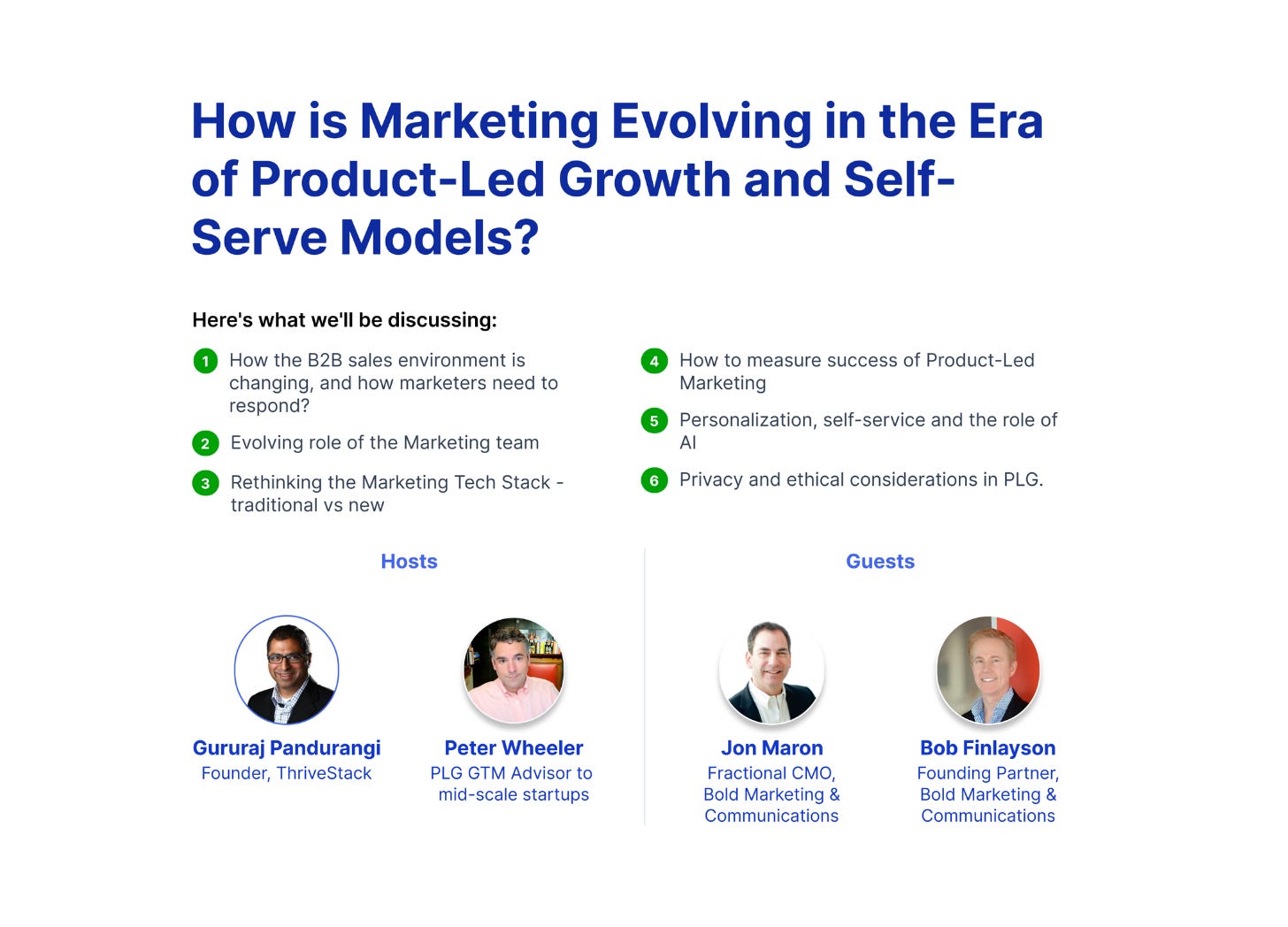#39 — Has SaaS Lost Go-To-Market Fit? ft. Dave Boyce
Description
In this episode, our guest, Dave Boyce, Chairman at Winning by Design and Board Member at Forrester, shares his insights on the rising Customer Acquisition Costs (CAC) and the decline in Net Revenue Retention (NRR).
Dave discusses why traditional GTM strategies are faltering and how Product-Led Growth (PLG) might offer a solution.
Listen now on Apple, Spotify, Castbox, Google and YouTube.
Context
Growth rates are dropping, yet Sales & Marketing (S&M) budgets are increasing rapidly.
According to Dave Boyce's recent article, over the past two years, the Customer Acquisition Cost (CAC) for Net New Revenue has increased from 150% to 264%, while Net Revenue Retention (NRR) has fallen from 123% to 113%. For instance, ZoomInfo's CAC payback period has jumped to 138 months.
This raises the question:
Is the influx of Venture Capital money driving a "Growth-At-All-Costs" mentality in SaaS companies, leading them to spend massively on S&M?
Reasons for High CAC
Why has the Customer Acquisition Cost (CAC) for Net New Revenue risen so dramatically to 2.64 times the revenue?
Several factors contribute to this high spend:
* Team Costs: The combined expenses of Account Executives (AEs), Sales Development Representatives (SDRs), Sales Engineers (SEs), SE Managers, Customer Success Managers (CSMs), and Marketing teams. Each role adds layers of cost, from salaries to commissions and bonuses.
* Sales and Marketing Software: Significant investments in software and tools for customer relationship management (CRM), lead generation, marketing automation, and analytics. These tools, while essential, add substantial costs to the S&M budget.
* Operational Overheads: Managing and coordinating large teams and software tools incurs additional costs, including training, management salaries, and administrative support.
* Advertising and Promotions: High spending on advertising, promotions, and content creation to attract new customers. This includes online ads, event sponsorships, and various marketing campaigns.
* Inefficient Processes: Often, the lack of efficient processes and alignment between sales and marketing leads to wasted resources and higher costs.
Understanding these components is crucial for addressing inefficiencies and finding ways to reduce the overall CAC.
Product-Led Growth (PLG) as a Solution
Can Product-Led Growth (PLG) fix the rising Customer Acquisition Costs (CAC) for Net New Revenue?
* Core Principles of PLG: PLG focuses on leveraging the product itself as the main vehicle for acquiring, activating, and retaining customers. This approach shifts the emphasis from heavy sales and marketing spending to creating a product that effectively sells itself.
* Cost Efficiency: By enabling customers to experience value through free trials or freemium models, PLG can reduce the need for large sales teams and extensive marketing campaigns. This can lead to a significant decrease in CAC.
* Freemium Models: Offering a free version of the product with the option to upgrade to a paid version allows users to see the product’s value firsthand before committing financially. Dave highlights the success of freemium models in driving user acquisition and retention.
* Self-Service: PLG emphasizes self-service as a way to reduce onboarding and support costs. By designing products that are easy to use and require minimal customer support, companies can lower operational expenses. This not only cuts down on the need for extensive support teams but also enhances the customer experience by providing immediate solutions.
Alternative Strategies to Reduce CAC
While Product-Led Growth (PLG) offers a promising solution, other strategies can also help reduce Customer Acquisition Costs (CAC). Dave Boyce provides insights into several effective approaches:
* Boosting Efficiency: Companies can optimize their sales and marketing operations to minimize waste. This involves refining marketing campaigns to target more precisely, improving the efficiency of sales funnels, and automating routine tasks to save time and resources.
* Cost-Cutting Measures: Strategic cost reductions can also help manage CAC. This might involve scaling back on research and development expenses, reducing the size of sales teams, or streamlining customer support operations.
* Focus on Unit Economics: Rather than pursuing large, high-cost deals (whale-hunting), companies can focus on achieving healthy unit economics. This involves ensuring that the cost to acquire a customer is sustainably lower than the revenue generated from that customer over time.
* Leveraging Data and Analytics: By using data and analytics to inform decision-making, companies can better understand customer behavior, optimize pricing strategies, and identify the most cost-effective acquisition channels.
* Innovative Marketing Tactics: Experimenting with new marketing tactics, such as content marketing, influencer partnerships, and community-building initiatives, can help attract customers at a lower cost compared to traditional advertising.
These strategies, when combined with PLG principles, can significantly lower CAC and drive more sustainable growth.
Closing
We discussed rising CAC and declining NRR in SaaS with Dave Boyce. Key points:
* Traditional GTM strategies are becoming less effective.
* Product-Led Growth (PLG) can help reduce CAC.
* Other strategies include boosting efficiency, cutting costs, and leveraging data.
Join our webinar on July 17th, 10 am PST for actionable solutions.
Key timestamps:
(00:00 ) Introduction
(00:14 ) Welcoming Dave Boyce
(01:00 ) Setting the Scene: Challenges Faced by Founders
(02:15 ) Introduction to Today's Topic: Has SaaS Lost Go-To-Market Fit?
(03:30 ) Dave's Background and Insights on SaaS Growth Challenges
(04:47 ) Discussion on Growth-At-All-Costs Mentality
(06:50 ) Impact of Venture Capital on SaaS Growth Strategies
(09:02 ) Analyzing the Rise in Customer Acquisition Costs (CAC)
(12:00 ) Why Traditional GTM Strategies Are Failing
(14:07 ) Product-Led Growth (PLG) as a Solution
(16:10 ) Core Principles of PLG
(18:10 ) How PLG Can Reduce CAC
(19:55 ) Real-World Examples and Insights from Dave's Substack and Book
(20:45 ) Other Strategies to Reduce CAC
(21:30 ) Efficiency Improvements and Cost-Cutting Measures
(21:47 ) Closing Remarks
Where to Find the Guest:
LinkedIn: Dave Boyce
Where to Find the Host:
LinkedIn: Gururaj Pandurangi
This is a public episode. If you would like to discuss this with other subscribers or get access to bonus episodes, visit www.hybridgtm.com


